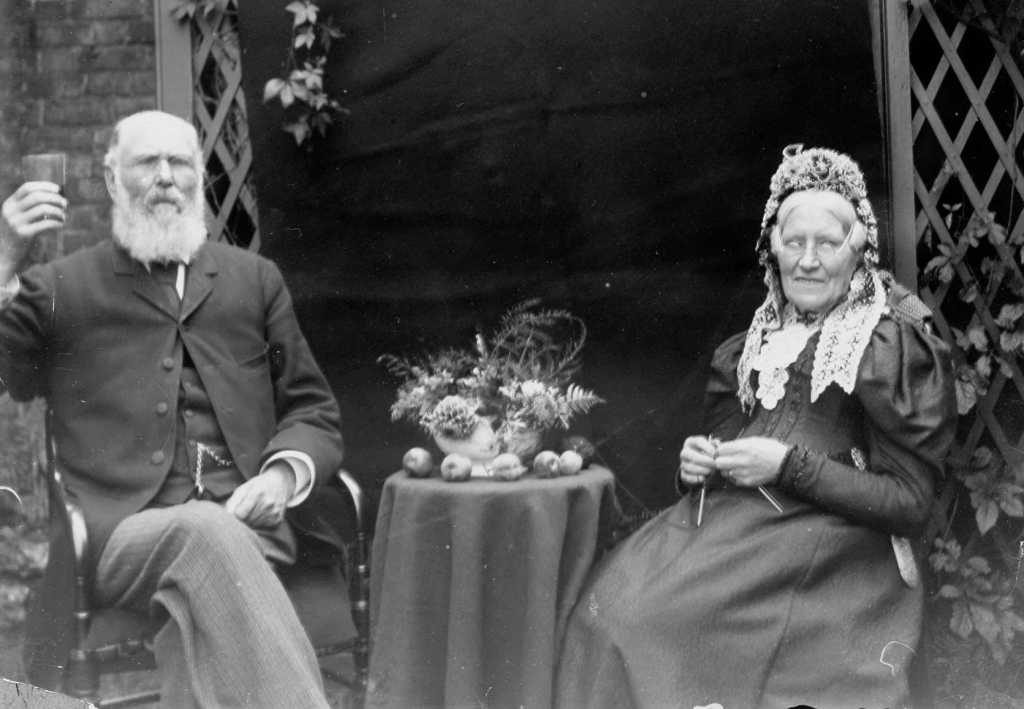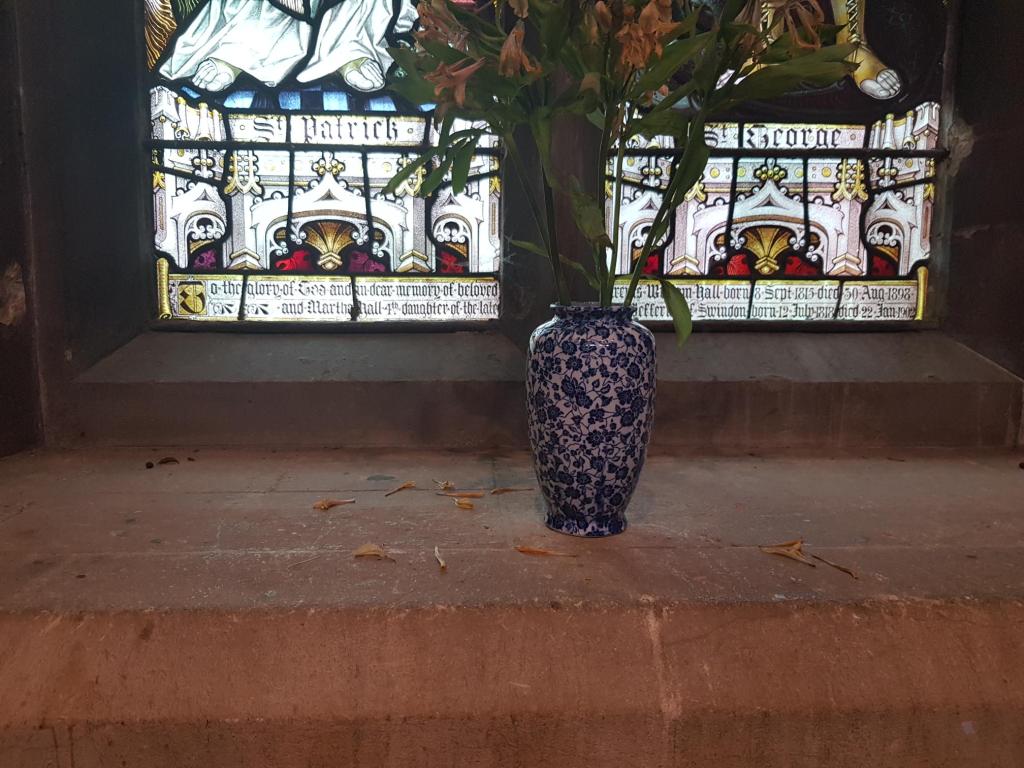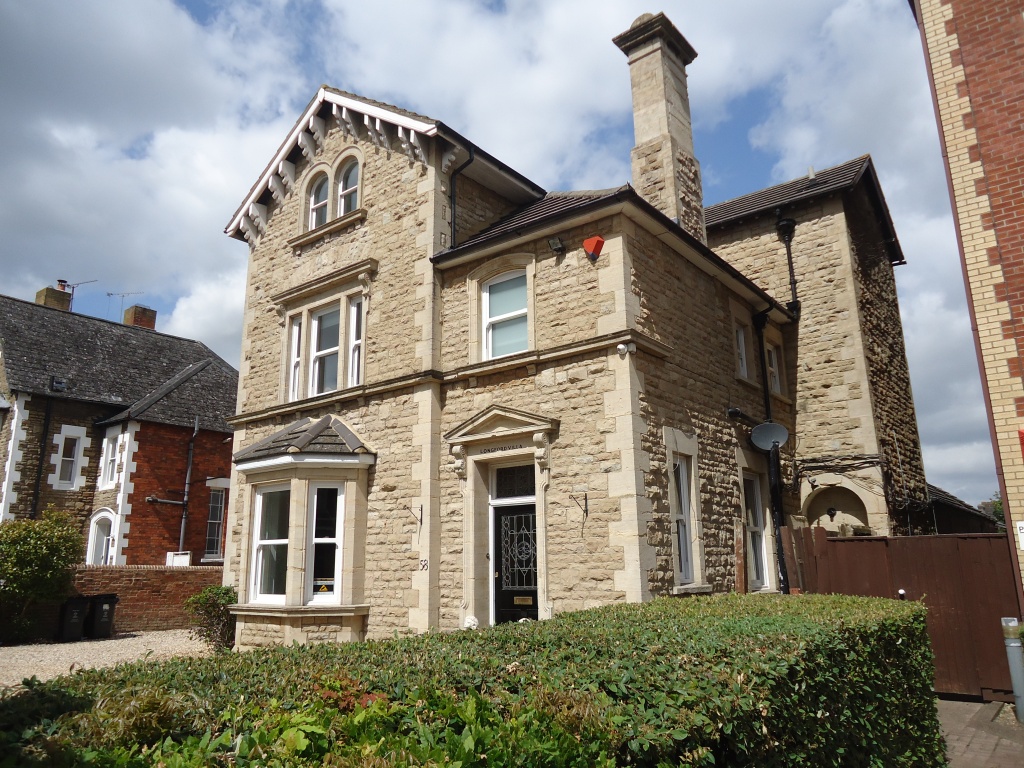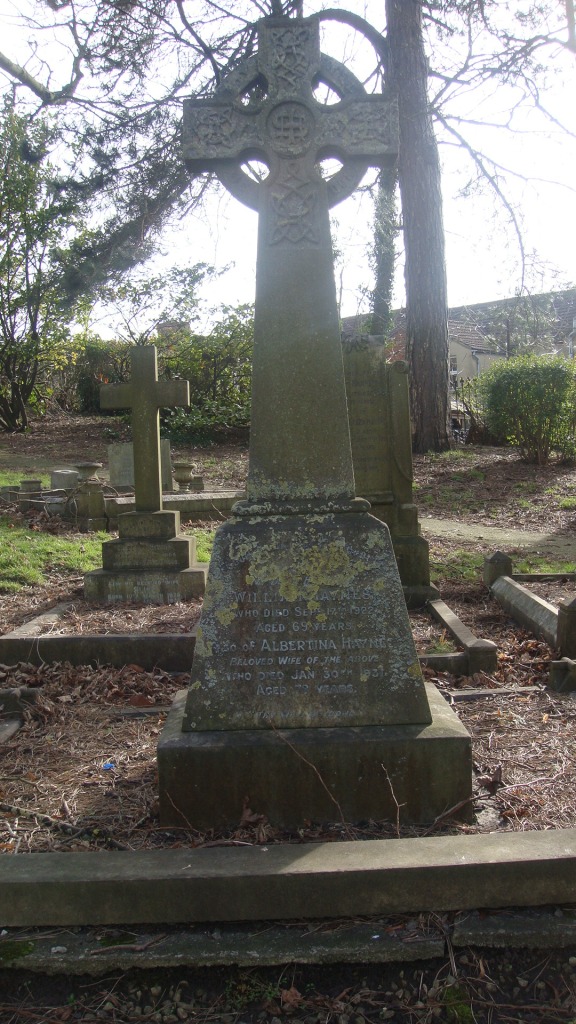As part of our Swindon Suffragette festival in 2018 I conducted a ‘women only’ walk at Christ Church.
The magnificent Celtic Cross (see below) marks the grave of Martha and William Hall. The Celtic Cross is an ancient Christian symbol dating back to the 9th century and is particularly associated with Ireland. Martha’s husband William Hall was born in Longford, Ireland in 1815 and named his property on The Sands, Longford Villa after his birthplace.

Martha and William Hall
Martha’s father John Luckett Jefferies had left Swindon as a young man and moved to London where he worked as a printer. He married Frances Ridger in 1809 and they had five children born in London. But in 1816 John was forced to the leave job, the home and the life he loved in London to return to Swindon where the family farm at Coate was failing.
Today the farm at Coate is better known as the birthplace of naturalist, journalist and poet Richard Jefferies, the son of James Luckett Jefferies, Martha’s brother.
Martha was born on July 12, 1818, the first of the couple’s children to be born back home in Wiltshire. She was baptised at the old parish church of Holy Rood and married William there on June 30, 1849.

William Hall died on August 30, 1898 and Martha on January 22, 1902.
William and Martha Hall also have a stained glass window dedicated to them in Christ Church.



